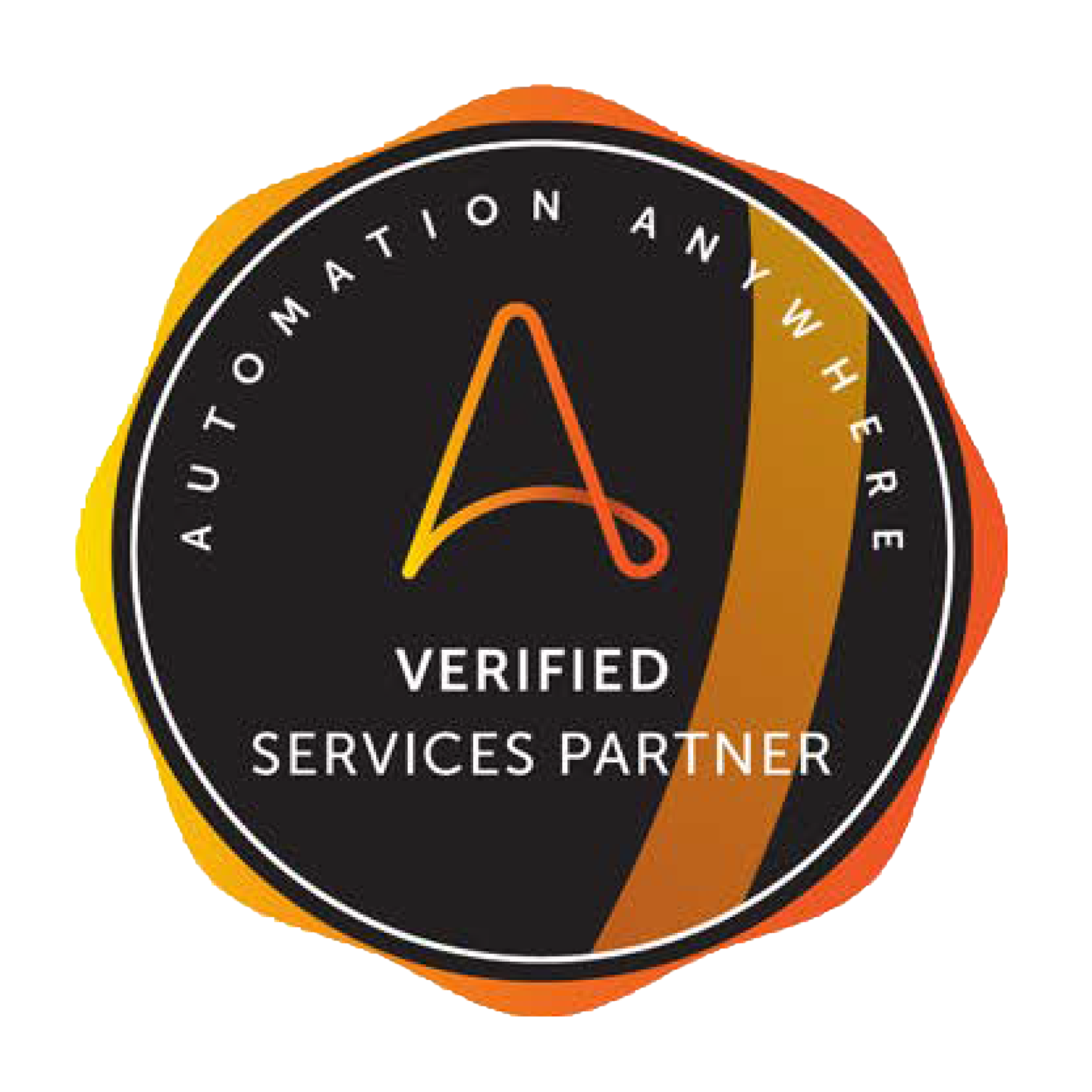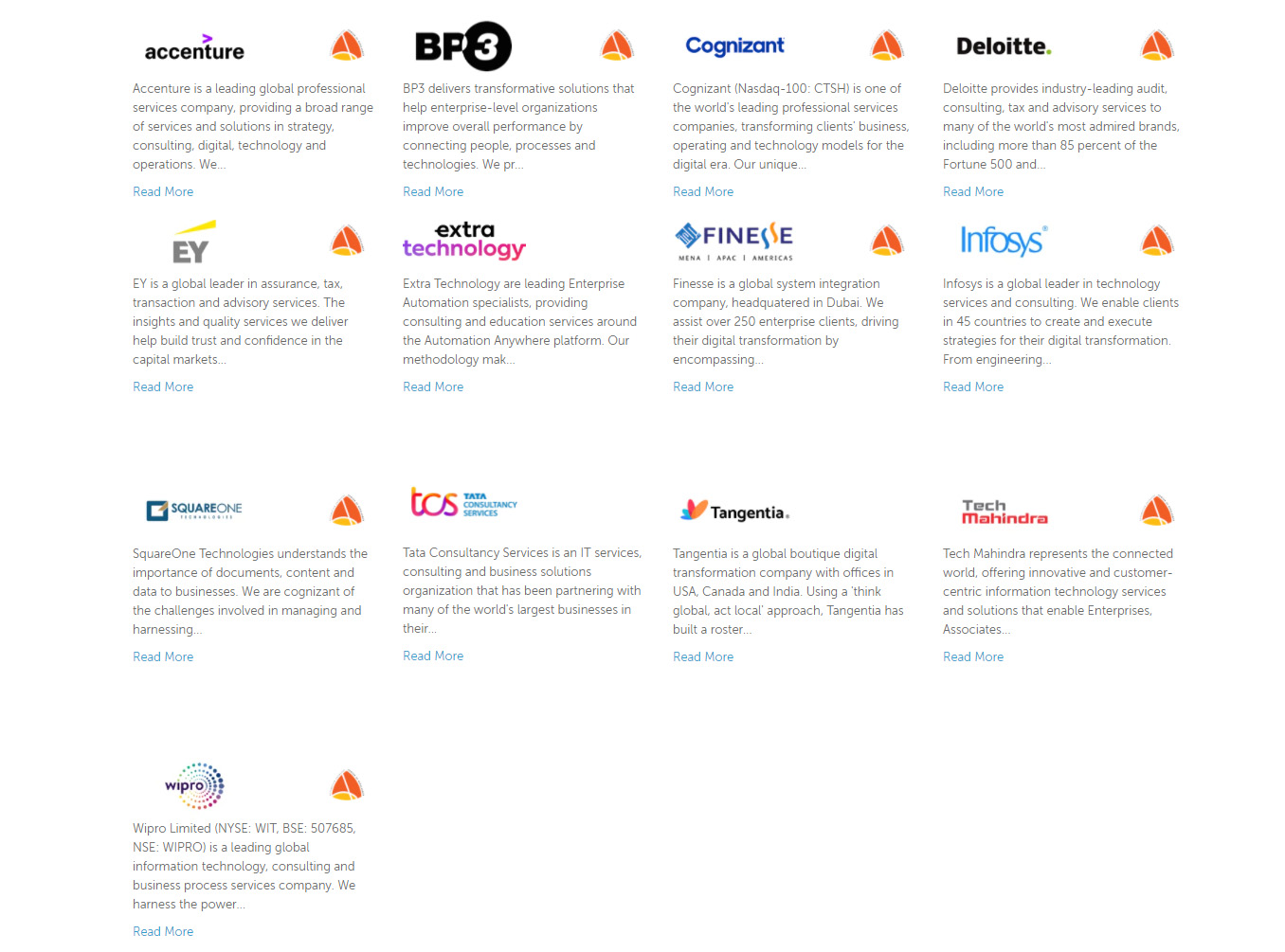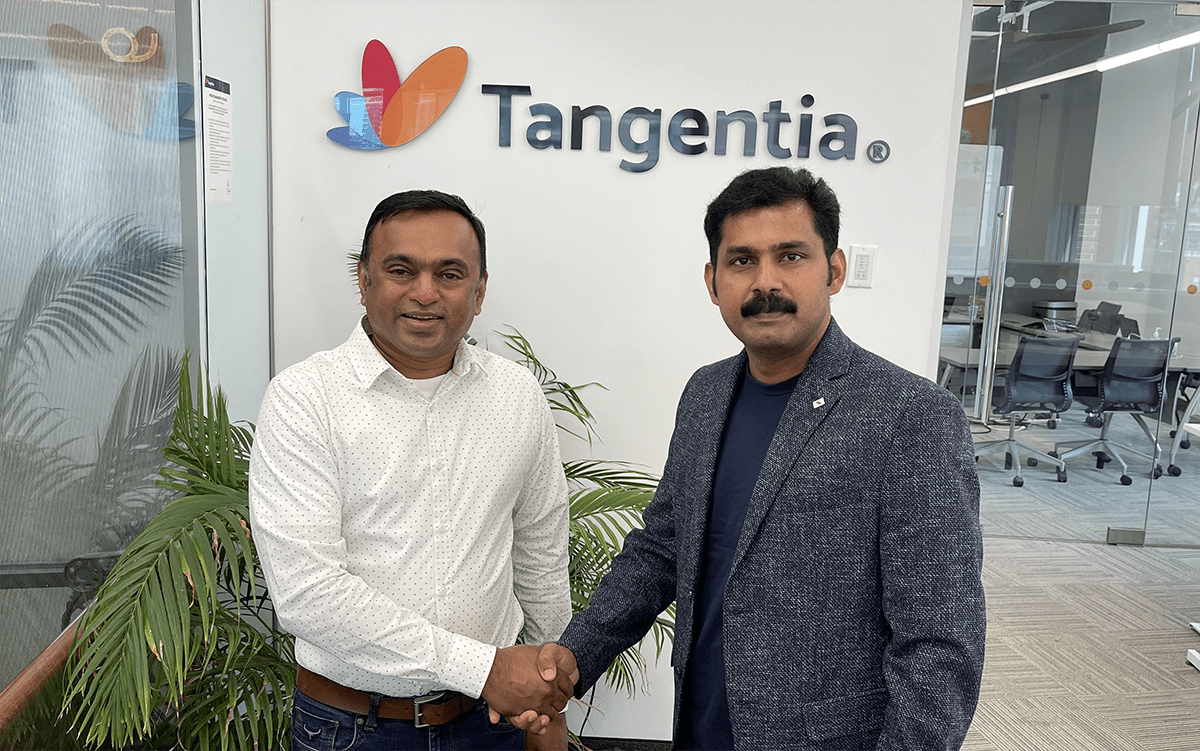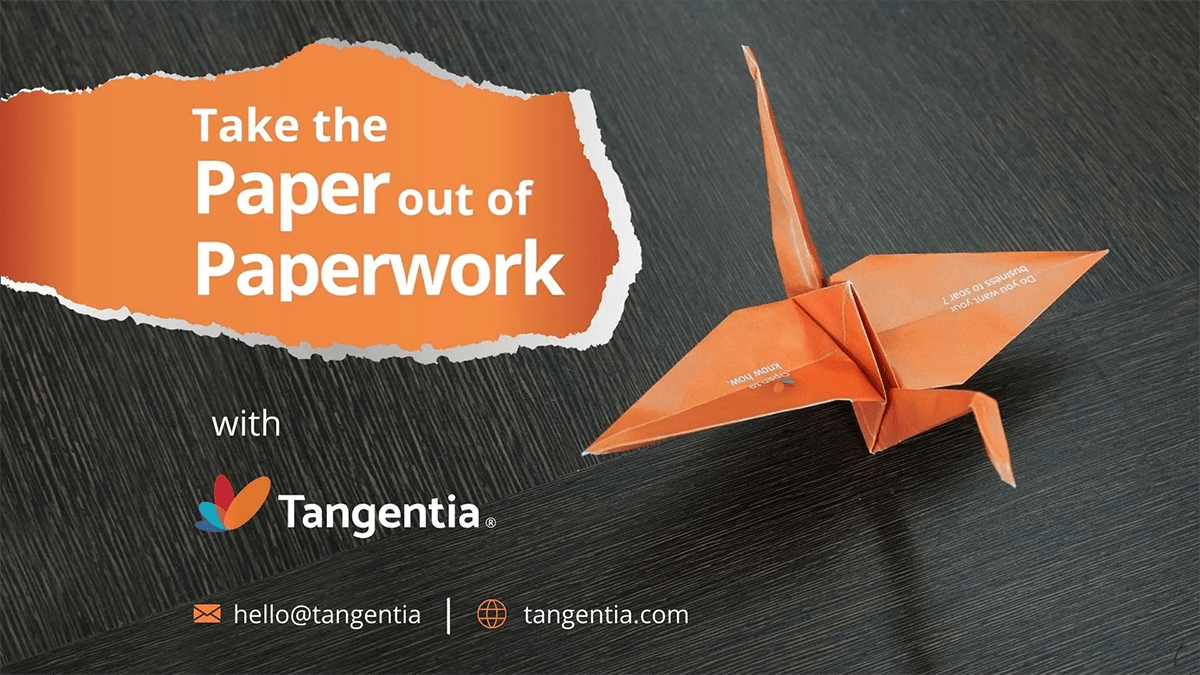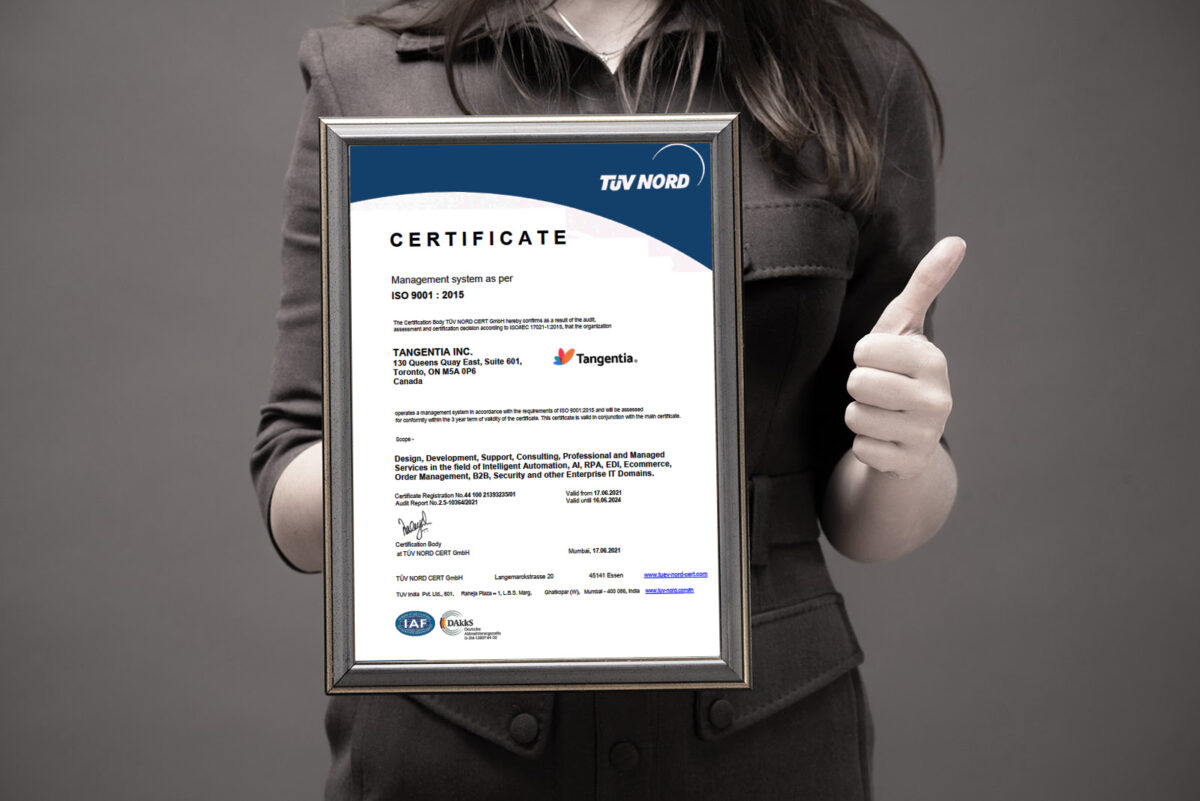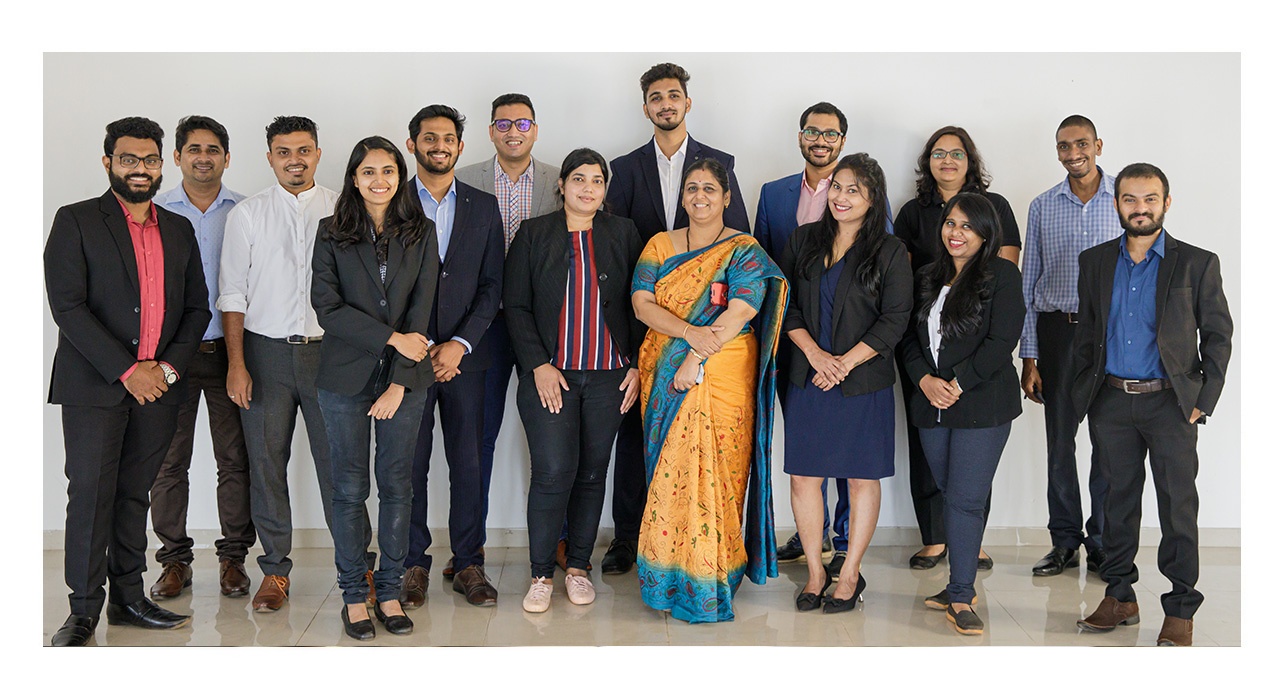For retailers, traditional business processes, workflows, and systems were some of the first and most significant casualties of the coronavirus pandemic. As a result of lockdown and quarantine measures, we condensed a full decade of technological development into just three months. Others, such as IBM, have a more conservative estimate of five years.
However significant the shift, one thing is clear — digital technology coupled with the unprecedented stress generated by the virus has irrevocably changed the face of retail.
The old world is gone. Whatever ‘new normal’ we adjust to once COVID-19 is fully behind us may well be unrecognizable compared to our outlook in 2019. And that’s okay.
The trends accelerated by the pandemic have had largely positive results. The technological evolution has, for those capable of adaptation, carried considerable benefits. And for retailers who understand the world we now live in, the future is brighter than ever.
But what kind of world do we live in now? What existing trends did COVID-19 accelerate, and what new trends did it generate? Most importantly, what lessons can retailers take away from all this?
Digital Commerce is Becoming The Norm
eCommerce was one of the clearest winners of the pandemic. In 2020, online sales increased by 44% year-over-year and online spending accounted for 21.3% of total retail sales. For context, online commerce represented an estimated 11% of total sales at the end of 2019.
The surge in and of itself is unsurprising. In order to comply with quarantine requirements and protect loved ones from the pandemic, many shoppers chose to use grocery delivery services or digital storefronts in lieu of making trips to brick-and-mortar outlets. As a result, many physical storefronts ended up functioning as impromptu fulfillment centers.
In the short term, we may see a boomerang effect as lockdowns and restrictions ease off. People will return to physical shopping simply for the interactions it affords. If you look further into the future, however, you’ll see a very different picture, one defined by direct-to-consumer (DTC) sales — Adidas, for instance, plans for 50% of all sales to be DTC by 2025.
Technology is Redefining The Brick-and-Mortar Retailer
Although brick-and-mortar stores will still exist in the future, they will look markedly different than they did pre-pandemic. Digital technology will become the norm, with an emphasis on providing deep personalization and increased convenience. As they did during the pandemic, stores will likely also serve double-duty as fulfillment centers.
Contactless shopping kiosks will likely remain in place post-pandemic as well. Though they were initially deployed for health reasons, the level of convenience they offer means they’ll continue to be attractive to shoppers. That technology, however, only scratches the surface of what’s coming.
Savvy retailers are already experimenting with ways to bake new technology into the customer experience, from augmented reality tools to full-on VR. A furniture retailer, for instance, may allow a customer to see how a particular item will look in their home through its online storefront. A business that sells apparel, meanwhile, might offer an app that allows customers to digitally ‘try clothes on’ while they’re in-store.
How We Shop Will Never Be The Same

Concurrent with the shift towards digital commerce, COVID-19 also fundamentally changed consumers. In-store and curbside pickup, together with a consistent part of the pandemic shopping experience, will remain in high demand, and as of this year, more than 50% of retail chains support the service. Customers are also increasingly discovering new businesses via social media in lieu of other channels and spending significantly more time online.
It’s not just customer behavior that’s changed, however — it’s also customer attitudes.
For many, the pandemic has changed how they view the world. Customers care more about the environmental and social responsibility actions of the brands they shop with. They also expect more from brands in regard to customer service and convenience and are more willing to abandon a brand that doesn’t meet their expectations.
B2B Commerce Has Grown in Leaps and Bounds
It’s not just your relationship with customers that have changed as a result of COVID-19. You’re also looking at completely uncharted territory with your vendors, suppliers, and business partners. McKinsey notes that B2B sales have changed in a multitude of ways:
- B2B interactions are now primarily digital. The majority of businesses now prefer to interact with suppliers either remotely or via a digital self-serve terminal. This holds true regardless of whether they’re ordering, reordering, or even evaluating a new prospect.
- Business customers are making big-ticket purchases online. 70% of B2B decision-makers are open to making self-serve or remote purchases in excess of $50000, and 27% are willing to spend more than $500K. Retailers that sell electronics or other office supplies may well see increased demand from business users as a result.
- Video and live chat are now the main venues for sales meetings.
Order Fulfillment is More Complex and Less Profitable
The majority of COVID-driven trends are positive, but that doesn’t mean it’s nothing but silver linings. Driven by omni-channel shopping and a wealth of new fulfillment options, the order fulfillment process is now more complex than it’s ever been. That translates equally to inventory management.
Already a logistical challenge, tracking inventory across multiple brick-and-mortar outlets, suppliers, channels, and fulfillment centers crosses the line to nightmarish. Unsurprisingly, this has also created a significant upturn in fulfillment costs. Rather than simply shipping products to stores in bulk, brands must also ship them between stores, between fulfillment centers, and directly to consumers.
The costs associated with such an approach include:
- Inventory storage
- Transportation
- Shipping and handling
- Trade tariffs
- Smaller shipments
The impact on profit, per consulting firm Alixpartners, is significant. For a $100 sweater, for instance, and in the absence of mitigating circumstances, margins are as follows:
| Fulfillment Method |
Margin |
| Directly shipped from a distribution center |
$36 |
| Purchased in-store |
$33 |
| In-store/curbside pickup |
$23 |
| Shipped from store |
$17 |
The good news is that these challenges are driving significant innovation in fulfillment, with better inventory management, pricing management, and order management.
Supply Chain Optimization is Now Non-Negotiable
The past year and a half has also demonstrated the very real, very significant weaknesses in our existing supply chains. Over the course of the pandemic, merchants had to contend with multiple supply chain disruptions. At the moment, 47% of retailers have made supply chain digitization one of their top organizational priorities — though this figure will likely increase as more businesses see the value in this particular brand of optimization.
In addition to being more cost-effective, a digital supply chain provides deeper visibility into every stage of a product’s life-cycle and better management of contracts between retailers and suppliers. Digitization also makes it easier for suppliers to share crucial data on inventory and shipping with retailers and partnered organizations. This data exchange will, in turn, allow stakeholders in logistics and fulfillment to make more informed, effective decisions.
A Surge In Customer Service Demands Underscored The Need for Chatbots
One side effect of the surge in online shopping was a subsequent upturn in customer service requests and inquiries, which saw a 69% overall increase in 2020. This increased exponentially during the holiday season, with calls increasing by 183% in November 2020 and 155% in December 2020. As you might expect, many customer service teams struggled to keep pace with this increased demand.
That, in turn, resulted in increased wait times, more errors, and lower customer satisfaction. Those brands that inexpertly deployed chatbots arguably fared worst of all, as chatbots ranked dead last in customer satisfaction in 2020. Still, for those brands that managed to effectively automate even part of their customer service process, the technology was a welcome boon.
Customer Data is More Valuable Than Ever
COVID-19 also presented another challenge to retailers. Customers demanded deeper personalization and a better shopping experience but collecting the data necessary to provide that has become more difficult than ever. Thanks to legislation like the GDPR and measures like Google’s decision to eliminate all tracking cookies, retailers can no longer rely on passive tracking to learn about their audience.
Instead, they must actively engage with their customers. They must prioritize customer retention initiatives, focusing on DTC connections through mobile and social media. And most importantly of all, they must be completely transparent about how they intend to collect, store, and use customer information.
This may seem like a negative trend at first glance. But as multiple retailers have learned, customers are more than willing to provide their information in exchange for the right perks and benefits. Those customers were also both more trusting and more loyal as a result of transparency around data collection.
Automate, Innovate, and Optimize Through Tangentia
The current retail landscape is filled with both challenges and opportunities. Tangentia can help you navigate both. From robotic process automation to electronic data interchange to chatbots, we offer a full portfolio of solutions for future-focused retailers. More importantly, we have the expertise necessary to help you apply those solutions in the most effective manner possible.
COVID-19 has forever changed not just retail, but also the world. Those retailers who are able to pivot and adapt stand to gain a great deal. Those that cannot will ultimately be left behind.
